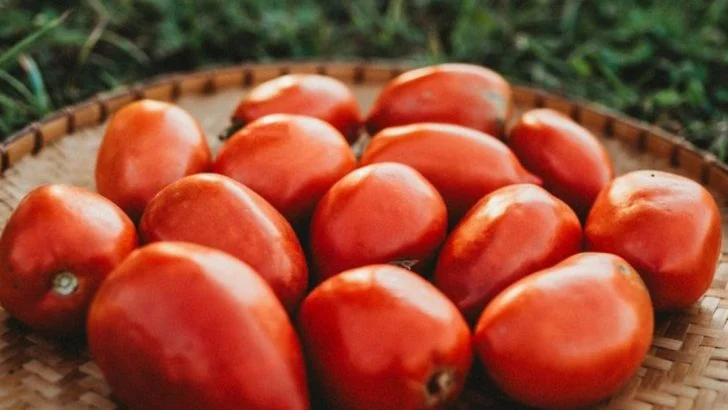The Amish grow tomatoes the size of your head—without a single drop of synthetic anything. No sprays. No miracle bottles. No internet hacks. Just old-world know-how and a whole lot of patience. While the rest of us are squinting at yellowing leaves and blaming the weather, these folks are hauling in crimson beasts that look photoshopped. And they’re doing it with soil, sweat, and secrets passed down like family heirlooms. Want tomatoes that make your neighbors gasp? Step away from the chemicals and step into the dirt-stained wisdom of those who’ve mastered the art of growing giants—slow, steady, and spectacular. Let’s peek behind the curtain and find out how they do it.
Heirloom Tomato Seeds
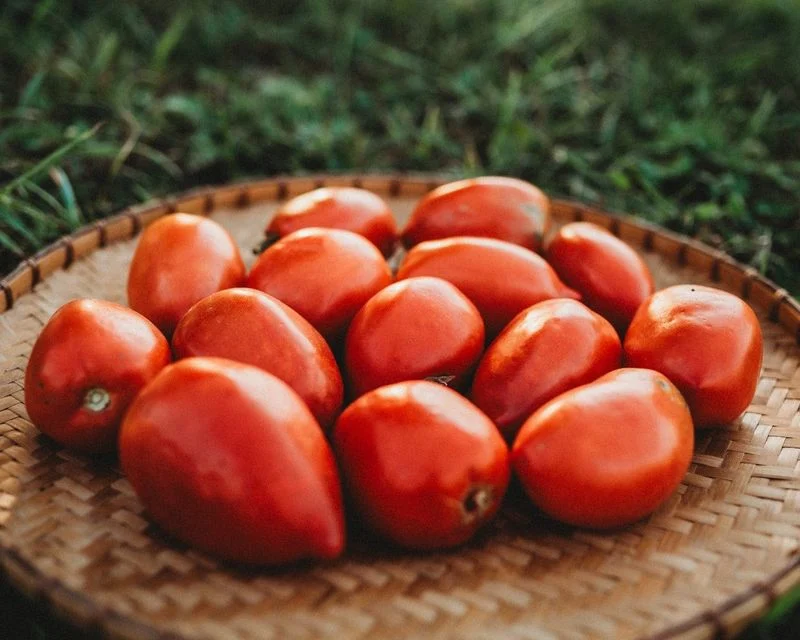
In the heart of Amish country, heirloom tomato seeds are treasured for their purity and lineage. Passed down through generations, these seeds are a testament to the Amish commitment to tradition. Unlike hybrid seeds, heirloom seeds retain their unique characteristics, allowing for the growth of vibrant and flavorful tomatoes. Each seed holds a story, connecting the past with the present. By selecting seeds from the healthiest plants, Amish farmers ensure robust and bountiful harvests. The deep connection between farmer and seed is palpable, as each planting season renews the cycle of life and sustenance.
Compost and Natural Fertilizers

Transforming waste into nourishment, the Amish master the art of composting. Organic matter, from kitchen scraps to barnyard manure, is carefully composted to create nutrient-rich soil. This natural fertilizer enriches the earth, promoting healthy root development and growth. In lieu of chemical fertilizers, the Amish mix compost with soft rock phosphate and greensand. These minerals replenish the soil, ensuring a sustainable cycle of growth. The resulting tomatoes are not only larger but also possess a depth of flavor unrivaled by conventional methods. This harmony with nature is central to Amish farming philosophy.
Crop Rotation Practices
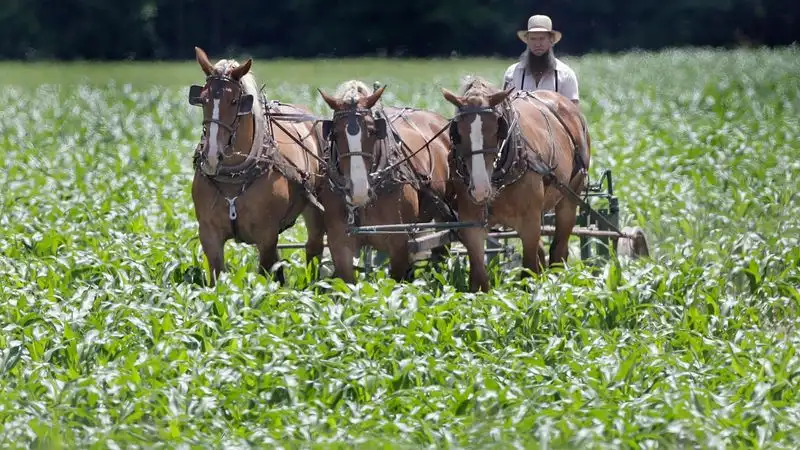
Amish farmers embrace crop rotation, a method essential for maintaining soil health. By alternating the types of crops grown in a field each year, they prevent soil depletion and reduce pest and disease cycles. This practice involves a deep understanding of plant families and their soil requirements. Success lies in the meticulous planning of crop sequences, ensuring each plant family has its turn. The result is a thriving ecosystem where giant tomatoes flourish. Root health, enhanced by this rotation, directly contributes to the tomatoes’ size and vitality, showcasing the brilliance of traditional wisdom.
Companion Planting Techniques
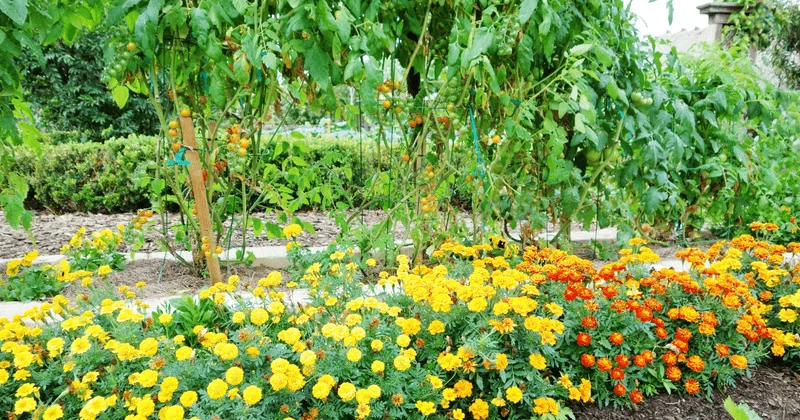
In the Amish way of farming, plants live in harmony. Companion planting is a time-honored technique that maximizes crop yield and health. Basil, marigolds, and tomatoes grow side by side, each benefiting the other. Basil wards off pests, while marigolds deter harmful nematodes from attacking tomato roots. This symbiotic relationship enhances soil fertility and keeps the ecosystem balanced. By understanding plant interactions, Amish farmers create a thriving garden. The giant tomatoes produced are a direct result of this harmonious planting, emphasizing the importance of biodiversity in sustainable agriculture.
Mulching with Straw
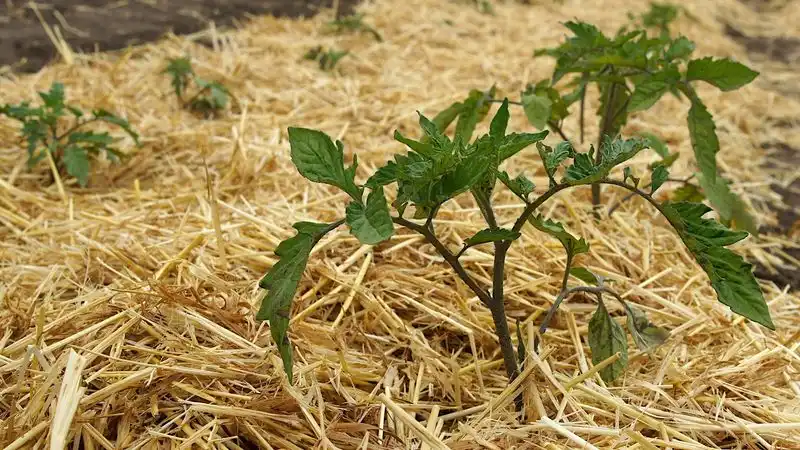
Straw mulch is an Amish farmer’s secret weapon against weeds and moisture loss. Laying a thick layer of straw around tomato plants, they create a barrier that conserves water and regulates soil temperature. This natural method keeps the soil cool in summer and warm in winter. As the straw decomposes, it adds organic matter to the soil, further nourishing the plants. The result is a robust growth environment, where giant tomatoes thrive, safe from harsh conditions. The simplicity of straw mulching embodies the Amish respect for nature’s resources, fostering an environment where plants can flourish naturally.

